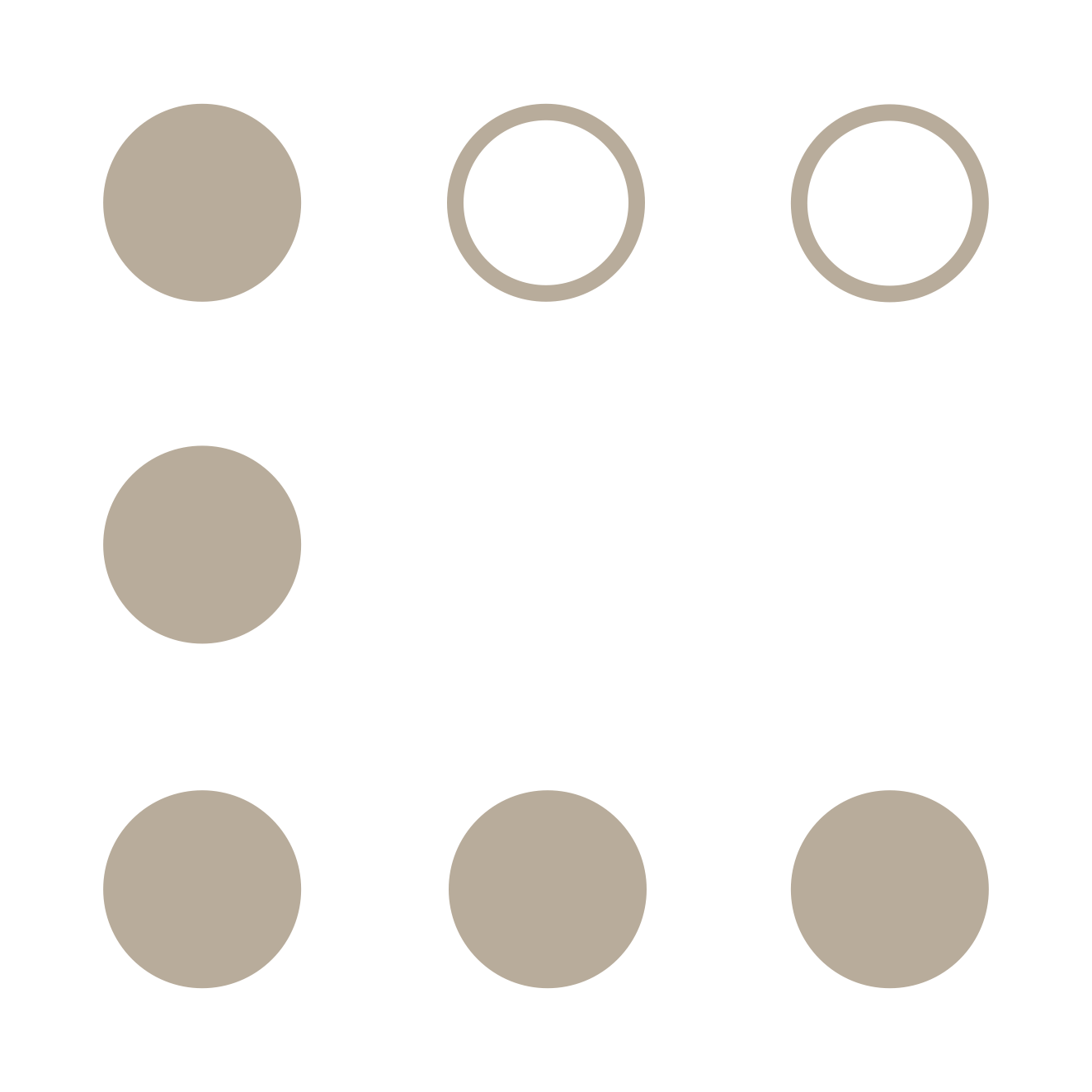Cannibalism / Evolution = Timing
On one of the earnings calls for Apple, an analyst asked COO Tim Cook: do iPad sales cannibalize their PC market? His answer in short: No, on the contrary, but if it would eventually happen it would be for the better.
It did not dawn on me until seeing Steve Jobs presenting the iPad 2, that Apple has already given up on the PC market they have defined since its inception, and are moving on to next thing. Mr. Jobs kept making the reference to the “post-PC era” and I could hear Bill Gates echoing in the background.
Most may have forgotten, but the ex-Microsoft CEO was an early champion of tablets and voice recognition. Yet Microsoft’s business model (or thinking) did not permit them to go full blown for marrying the hardware and software to make tablets a success. If the Amazon Kindle had not proven to Apple that the timing was right we might still be waiting for the first real tablet. This is an example of why timing is everything and it does not always mean you have to be first.
The taste of 3D
In a PC market disruptions are common and adapting is crucial, but to publishers both are unsettling. A business that hasn’t drastically changed since the invention of the printing press needs some time to digest it all. However, it is still a gamble what will be the “next big thing.” For instance, the film industry took an enormous bet on 3D and it paid off. We all know 3D isn’t new (and gives headaches) yet the film industry posted record earnings partly due to this technology. Still, most can argue that 3D is still a huge gamble for TV manufactures and PC makers.
What is the Pay Off? 5 Special effects:
1. Halo effect: Tim Cook called the effect of the iPad “a Halo Effect from Apple product to Apple product.” Similarly, any digital version (web or app) of a paper product will initially boost its predecessor and not kill it.
2. 3D effect: Technology doesn’t have to be “new” or “innovative” to work. It just has to be done right with the purpose of adding value to utility and design.
3. Darwin effect: “In the struggle for survival, the fittest win out at the expense of their rivals because they succeed in adapting themselves best to their environment” (Charles Darwin). Adapting to a digital environment is having a fundamental understanding of its strength (distribution) and weakness (usability) and using both to your advantage.
4. Pricing effect: In my opinion, the biggest challenge for publishers is their business model: pay for content. This will be increasingly more difficult to justify because of the abundance of (free) information. Just ask the newspapers.

I foresee the following evolution in business models:
- Content is paid: Original print model still in effect today;
- Content is paid – Service is paid or value adds: Struggling to come to terms with the web, variations of this models are being tried;
- Content is free – Service is paid: Due to the mixing of proprietary, free and user generated content and integration with software, this model might be forced upon publishers;
- 4th Model: Due to the abundance of competing for cloud solutions, a model must arise that considers both the value of content and service and replace the ad-supported model as the predominant model for the web.
5. Goodwill effect: This a bonus effect due to all of the above effects. The marketing is in the product itself.

 Design for Convenience
Design for Convenience